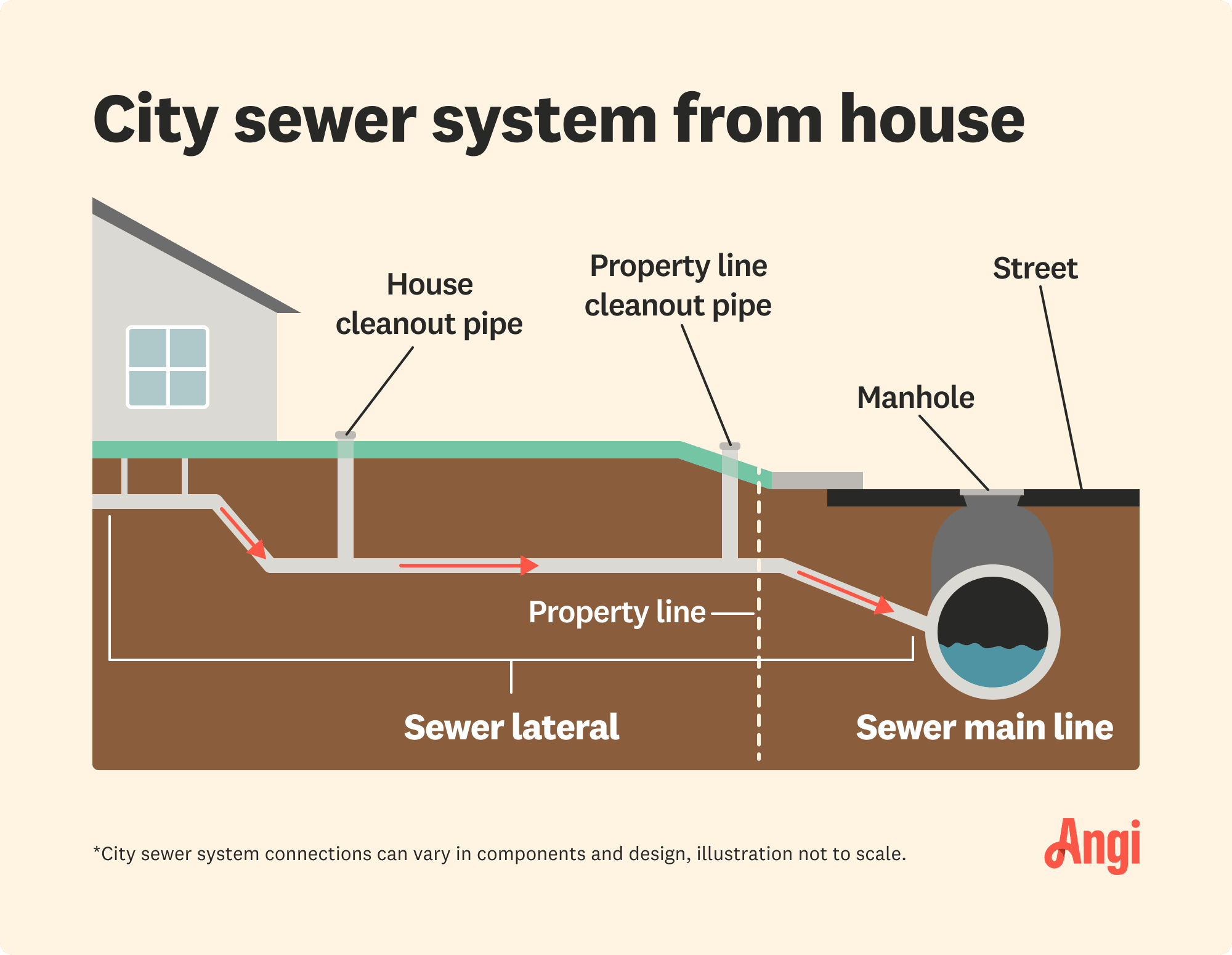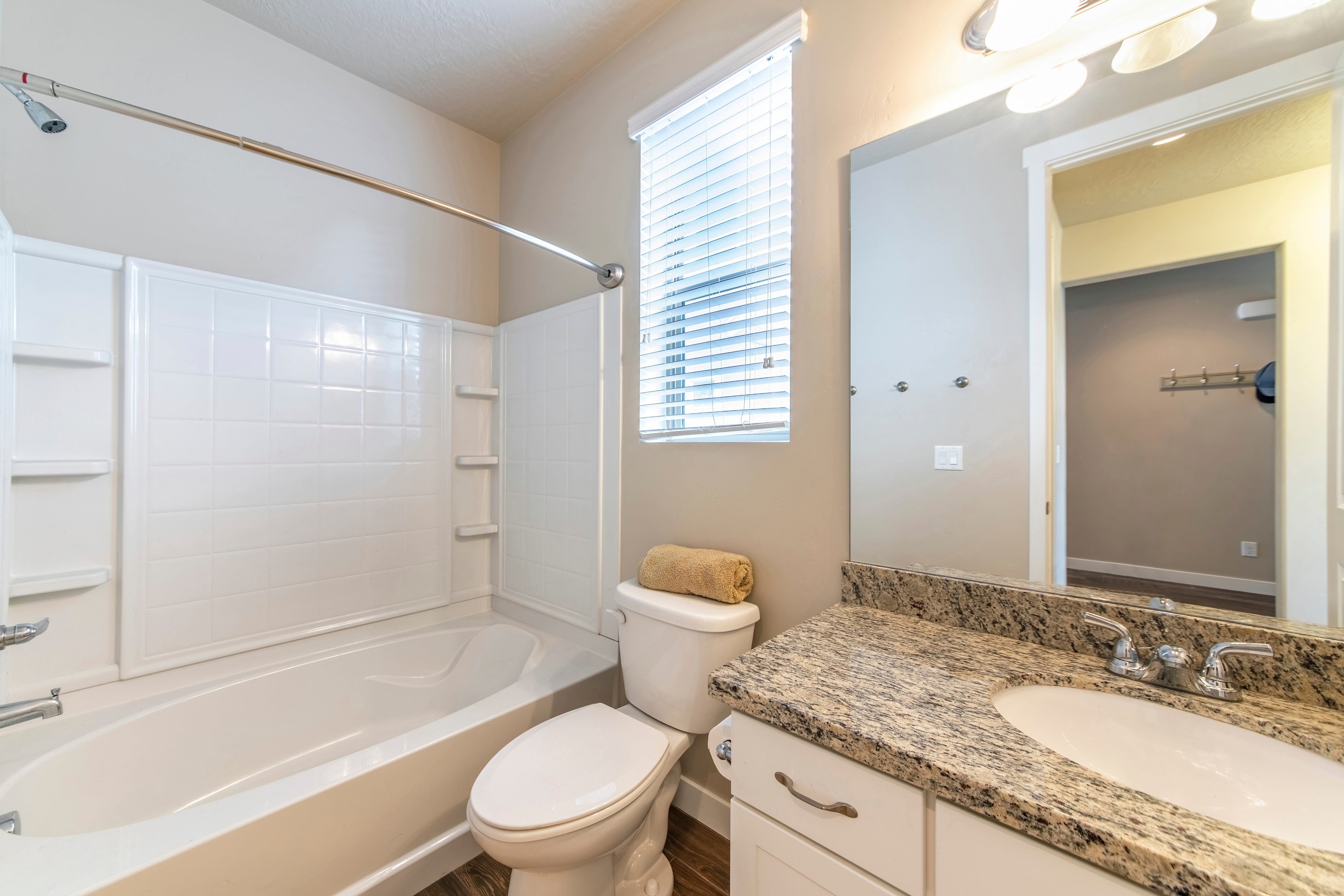
The cost of converting a cesspool to a septic system depends on factors like labor, complexity, and materials. Use our guide to estimate your budget.
Most people pay $2,055 to install a sewer line in St. Louis, Missouri, but depending on materials and labor costs in your area, you may end up paying between $873 and $3,306.


If your clay sewer pipe in St. Louis fails, you may have to install a new sewer line.
Only Master Plumbers or Drainlayers certified by the city can obtain plumbing permits.
The Metropolitan Sewer District’s Sewer Lateral Repair Program can help cover certain repair costs.
Whether you need to replace your existing sewer lateral or install one for new construction, the cost to install a sewer line in St. Louis averages $2,055. In St. Louis, sewer laterals are commonly made of clay, which lasts between 70 and 100 years before it degrades—therefore many sewer laterals are or will be in need of replacement. Depending on various factors, including material, demolition and prep, and labor, the cost range falls between $873 and $3,306.
Break down the cost factors as you build your budget and consider how they’ll affect the final cost of the project.
Sewer installation cost factors in St. Louis, Missouri, include linear footage, materials, demolition, and site prep costs. A sewer pro can provide a cost estimate based on the specifics of your project.

The average cost to install a sewer line ranges from $50 to $250 per linear foot. Sewer line pipes are about 5 inches in diameter and run underneath your yard from your house to the main sewer drain.
See the table below for a cost breakdown based on the linear footage.
| Length (Feet) | Average Cost |
|---|---|
| 25 | $1,250–$6,250 |
| 50 | $2,500–$12,500 |
| 75 | $3,750–$18,750 |
| 100 | $5,000–$25,000 |
To install a sewer line, you’ll need to purchase the pipes that connect the main sewer drain to your home. New pipes cost around $3 to $20 per linear foot. Factor in the type of piping material, pros and cons, and cost per linear foot.
| Type of Pipe | Average Cost (Per Linear Foot) | Pros | Cons |
|---|---|---|---|
| Clay | $50–$60 | Durable, resistant to corrosion and chemicals, long-lasting | Common in older homes, likely needs to be replaced, prone to cracking and tree root intrusion |
| PVC | $0.50–$5 | Most affordable, allows for faster flow and reduced blockages | Can collapse under heavy loads without proper installation, susceptible to damage from extreme temperatures |
| Cast iron | $2–$10 | Highly durable, performs well in areas with heavy surface traffic | Prone to rust and corrosion, heavy material makes labor more intensive |
| Copper | $20–$30 | High quality, long-lasting, lightweight, fire-resistant | Prone to corrosion, can freeze in cold temperatures |
| HDPE | $4–$6 | Used with trenchless methods, resistant to corrosion, tree root intrusion, and chemical damage | Flammable, higher cost for skilled labor and specialized techniques |
Trenching: $800 per 100 linear feet
Boulder removal cost: $650–$1,200 per boulder
Tree removal cost: $200–$2,000 per tree
Pavement removal cost: $8–$15 per square foot
Labor will account for a substantial portion of the cost to install a sewer line in St. Louis, but you should also factor in the permit costs and connection fees.
The City of St. Louis will only issue plumbing permits to Master Plumbers or Drainlayers certified by the city. Replacing or installing a sewer lateral requires a permit, so you’ll need to verify that your contractor holds the City Certificate. You can also verify this by calling the Plumbing Section. The connection permit to install a sewer line costs $75.
Connecting a single-family residence to the St. Louis Metropolitan Sewer District (MSD) costs about $1,150 for the connection fee. If there’s no existing wye (connection point), there’s an additional $300 tap fee to add one to the main sewer line.
If there’s not an existing public sewer accessible to the property, the homeowner is responsible for the costs of the design and construction to extend the public sewer and the cost to acquire any necessary easements.
Labor costs to install a sewer line in St. Louis vary based on the material—cast iron is more labor-intensive than PVC, for instance—as well as the amount of time the project takes and the professional’s rates. Sewer repair companies charge between $30 and $247 per linear foot. A sewer repair pro in St. Louis, Missouri, can estimate the cost of labor for the overall project.
The MSD offers a Sewer Lateral Repair Program (SLRP). The lateral line from the home to the main sewer line is technically private property. However, to avoid cave-ins, the city helps cover the cost of damage to the lateral line in the public right-of-way, which lies between the property line and the sewer main.
If you see a cave-in in this area, report it to the Citizens’ Service Bureau using their online system. If the inspector determines that repairs are necessary, you’ll need to submit a Residential Sewer Lateral Repair Application.
Unfortunately, installing a new sewer line doesn’t directly increase home value. But there’s a caveat—a damaged sewer line can reduce the home value. Installing a sewer line isn’t as exciting as remodeling a kitchen or installing a pool, but it’s crucial to the function of the home, and prospective buyers will often request a sewer inspection. If the inspection finds issues with the sewer lateral, you’ll have to fix them before the sale or potentially accept a lower sales price, so the next owner can cover repair costs.
Home is the most important place on earth, which is why Angi has helped more than 150 million homeowners transform their houses into homes they adore. To help homeowners with their next project, Angi provides readers with the most accurate cost data and upholds strict editorial standards. We survey real Angi customers about their project costs to develop the pricing data you see, so you can make the best decisions for you and your home. We pair this data with research from reputable sources, including the U.S. Bureau of Labor Statistics, academic journals, market studies, and interviews with industry experts—all to ensure our prices reflect real-world projects.
Want to help us improve our cost data? Send us a recent project quote to [email protected]. Quotes and personal information will not be shared publicly.
From average costs to expert advice, get all the answers you need to get your job done.

The cost of converting a cesspool to a septic system depends on factors like labor, complexity, and materials. Use our guide to estimate your budget.

A small septic tank system is ideal for spaces with minimal needs, such as a one-to-two-bedroom apartment or guest house. A small septic tank contains 750 or 1,000 gallons. We’ll cover everything that factors into your small septic system cost here.

Replacing a drain field requires digging up quite a bit of land and involves a decent amount of testing. Using this guide, you’ll learn how much it costs to replace a drain field based on a few key factors such as size and type of septic system.

Need to know what sewer line replacement costs in Houston, TX? This guide will help you prepare to budget for sewer line replacement done by local contractors.

Some properties require an above-ground septic tank due to soil conditions or location. Learn all about above-ground septic tanks, pros, cons, and costs.

A full septic tank can cause health issues and costly repairs. Look out for these top seven warning signs your septic tank is full.